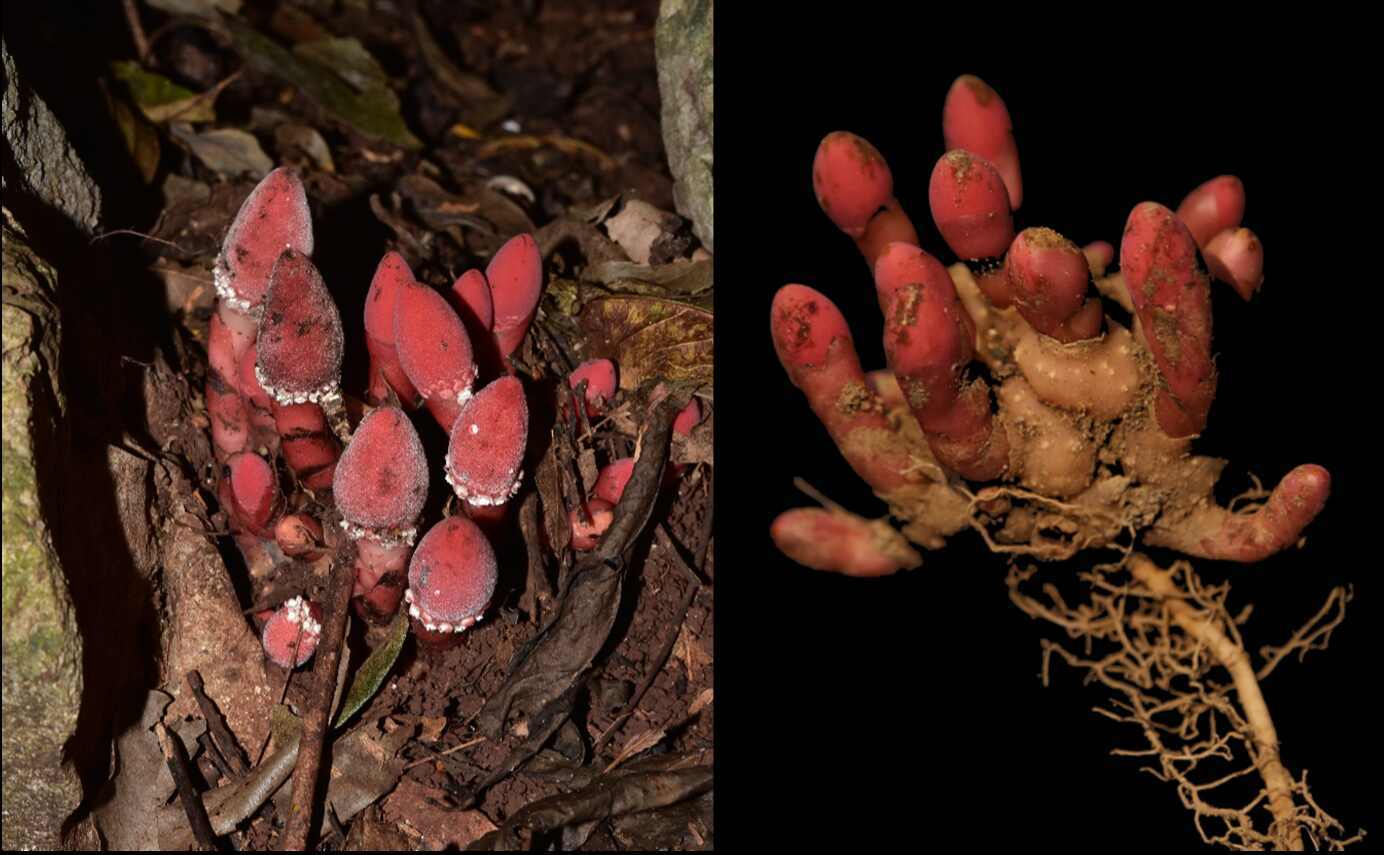Chinese researchers study Balanophora to gain insights into plant parasitism evolution

Scientists from BGI-Research, Kunming Institute of Botany, the University of British Columbia in Canada, and others published a research study today. They have studied Balanophora, a holoparasitic plant that depends entirely on its host plant for nutrients and water and cannot perform photosynthesis. The research sheds light on how genomic adaptations impact the evolution of plant parasitism.
BGI Group is a Chinese genomics company headquartered in the Yantian District of Shenzhen. The company was initially established in 1999 as a research center for genetics, to contribute to the Human Genome Project. BGI Group also specializes in sequencing the genomes of various animals, plants, and microorganisms.
Plants are typically self-sufficient organisms that can produce their food through photosynthesis. However, there are around 5,000 plant species that have evolved to depend on other host plants for their survival, and some of them have even lost their ability to photosynthesize.
During the 10,000 Plant Genome Project (10KP), Balanophora caught the attention of BGI researchers. Dr. Xiaoli Chen, a researcher at BGI-Research and the lead author of the paper, said, "We were curious about what happened to them when they evolved to become holoparasites and lost the critical function that typically defines green plants - the ability to photosynthesize."
The research team gathered and examined genomes of members of the sandalwood order, which included a stem hemiparasite, Scurrula, and two Balanophora root holoparasites. The genome comparison revealed that Scurrula and other hemiparasites, which have a moderate degree of parasitism, suffered a relatively minor degree of gene loss compared to autotrophic plants. In contrast, Balanophora experienced significant gene loss.
Scientists observed substantial gene loss in Balanophora and Sapria, two extreme parasitic plants from different families. “The extent of common gene loss observed in Balanophora and Sapria is striking,” says Dr. Chen. “It points to a very strong convergence in the genetic evolution of holoparasitic lineages, despite their outwardly distinct life histories and appearances, and despite their having evolved from different groups of photosynthetic plants.”
Unveiling the Mysteries of Balanophora: Unlocking the Evolution of Plant Parasitism
The scientists discovered that holoparasites have lost many genes associated with photosynthesis, as well as genes related to other vital biological processes such as root development, nitrogen absorption, and regulation of flowering development. This indicates that these parasites only retain genes that are essential to their survival and eliminate those that are no longer necessary.
The analysis of transcriptome data revealed unusual and novel interactions between Balanophora and its host plant, as well as the host-parasite tuber interface tissues. The researchers found evidence of mRNA exchange, substantial and active hormone exchange, and immune responses in both the parasite and host.
For instance, while Balanophora and Sapria have lost genes involved in the synthesis of the major plant hormone abscisic acid (ABA), which is responsible for plant stress responses and signaling, the researchers discovered that there was still an accumulation of the ABA hormone in the flowering stems of Balanophora. Additionally, genes related to the response to ABA signaling were still retained in these holoparasites. This suggests that the parasites are capturing and utilizing the ABA hormone synthesized by their host plants.
According to Dr. Sean Graham, Professor of Botany at the University of British Columbia, and an author of the paper: “The majority of the lost genes in Balanophora are probably related to functions essential in green plants, which have become functionally unnecessary in holoparasites. That said, there are probably instances where the gene loss was beneficial, rather than reflecting a simple loss of function. The loss of their entire ABA biosynthesis pathway may be a good example of this, as it may help them to maintain physiological synchronization with the host plants. This needs to be tested in the future.”
Dr. Huan Liu, a researcher at BGI-Research and the corresponding author of the paper, explains: “The study of parasitic plants deepens our understanding of dramatic genome alterations and the complex interactions between parasitic plants and their hosts. The genomic data provides valuable insights into the evolution and genetic mechanisms behind the dependency of parasitic plants on their host, and how they manipulate host plants to survive.”
Through the study of Balanophora, unique genomic adaptations have been discovered that shed light on the evolution of plant parasitism. This research provides valuable insight into the mechanisms and evolutionary history of plant parasitism, which could be used to inform future studies. However, further research is necessary to fully understand the implications of these findings and their potential applications in agriculture and conservation.

 How to resolve AdBlock issue?
How to resolve AdBlock issue?